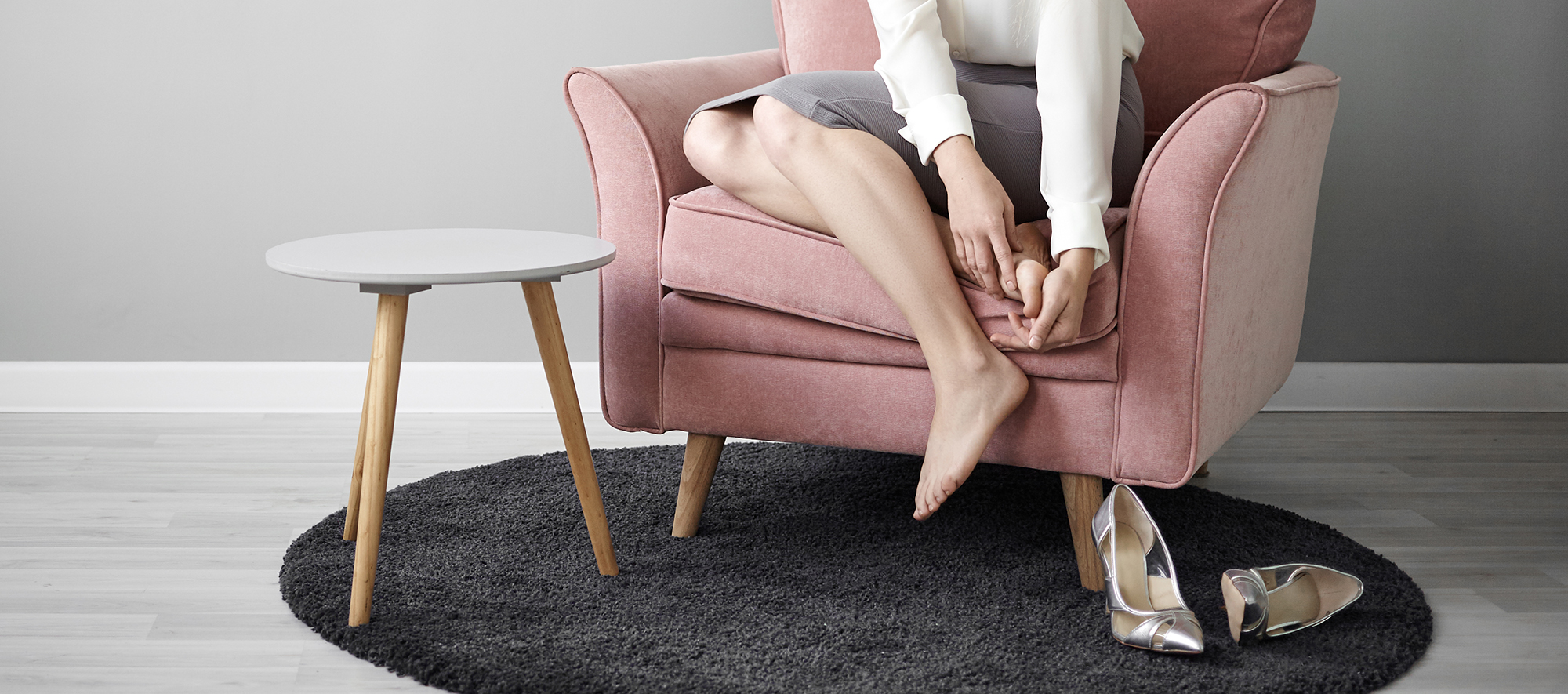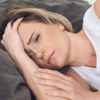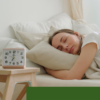Restless Leg Syndrome
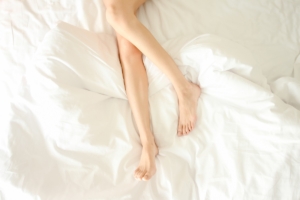 Restless leg syndrome is a disorder in which there is an urge or need to move the legs to stop unpleasant sensations.
Restless leg syndrome is a disorder in which there is an urge or need to move the legs to stop unpleasant sensations.
Restless legs syndrome may affect up to 10% of the U.S. population. It affects both sexes but is more common in women and may begin at any age, even in young children. Most people who are affected are middle-aged or older.
RLS is often unrecognized or misdiagnosed. In many people it is not diagnosed until 10 to 20 years after symptoms begin.
Once correctly diagnosed, RLS can often be treated successfully- however please know treating the symptom, restless leg syndrome is not the answer. Finding the cause and correcting the cause(s) is the answer.
RLS leads to sensations in the lower legs between the knee and ankle. The feeling makes you uncomfortable unless you move your legs.
These sensations:
- Usually occur at night when you lie down, or sometimes during the day when you sit for long periods of time
- May be described as creeping, crawling, aching, pulling, searing, tingling, bubbling, or crawling
- May last for 1 hour or longer
- Sometimes also occur in the upper leg, feet, or arms
- You will feel an irresistible urge to walk or move your legs, which almost always relieves the discomfort.
Restless Legs Syndrome and Insomnia
The desire to move one’s legs makes falling asleep and staying asleep difficult for many people with RLS. A study found that 88% of individuals with RLS reported at least one sleep-related symptom. RLS symptoms often appear shortly after laying down at night and patients will kick, squirm, or massage their legs to lessen the sensation. Some people with RLS are compelled to get out of bed and pace or stretch.
As a result of the sleep disturbances associated with RLS, patients often experience fatigue and daytime sleepiness. Sleep deficiency is associated with fatigue, depression, anxiety, heart disease, and obesity. RLS patients are at greater risk for these issues as well.
Restless Legs Syndrome and Periodic Limb Movement Disorder
Some who have RLS also have a condition called periodic limb movement disorder (PLMD). PLMD involves repetitive flexing or twitching of the limbs while asleep at night. It is differs from RLS in that these movements are not accompanied by uncomfortable sensations and because they occur during sleep, patients are often not aware of them. However, PLMD-associated movements can interfere with sleep as it may cause a person to wake up several times throughout the night.
What Causes Restless Legs Syndrome?
There are several potential causes of RLS. It is associated with other medical conditions, such as late-stage kidney disease, iron deficiency, neuropathy, multiple sclerosis, or Parkinson’s disease.
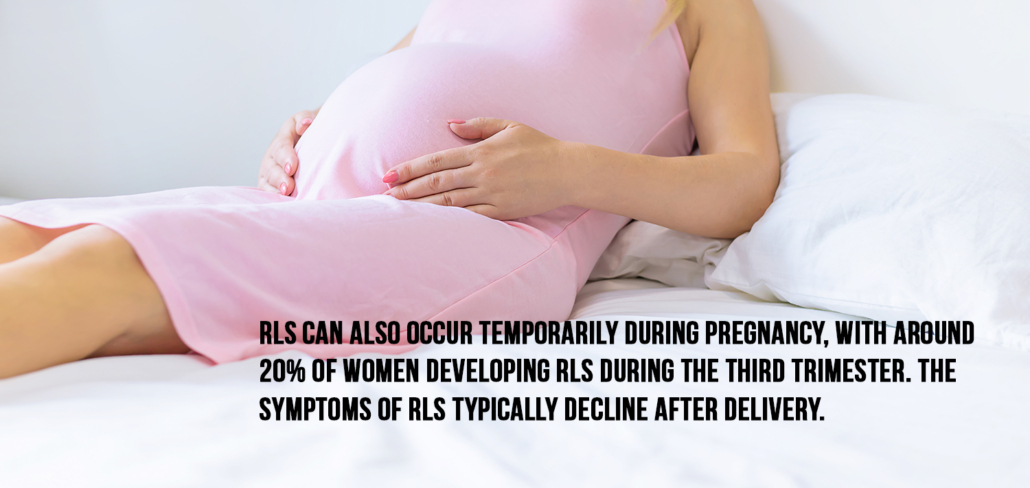
The true underlying cause of RLS is often unknown. RLS may have a genetic component. Between 40% and 90% of patients with RLS have at least one first-degree relative (parent, sibling, or child) with the condition.
Restless Legs Syndrome Triggers
Sitting or resting for long periods can cause RLS in those susceptible. Additionally, some substances can make symptoms worse.
These include:
- Alcohol
- Caffeine
- Nicotine
Medications can increase the risk of RLS and include :
- Older antihistamines such as diphenhydramine (Benadryl)
- Anti-nausea drugs such as metoclopramide (Reglan) or prochlorperazine (Compro)
- Antipsychotic drugs such as haloperidol (Haldol) or olanzapine (Zyprexa)
- Lithium (Lithobid)
- Selective serotonin reuptake inhibitors (SSRIs) such as fluoxetine (Prozac), sertraline (Zoloft), or escitalopram (Lexapro), etc.
- Tricyclic antidepressants such as amitriptyline (Elavil) or Trazadone
- Tramadol (Ultram)
- Levothyroxine (Levoxyl)
Treatment for Restless Legs Syndrome
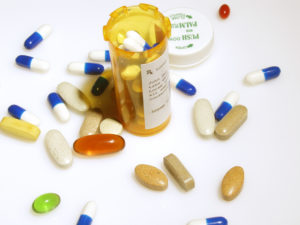 Drugs containing “dopaminergic agents,” such as Requip or Mirapex, are used to treat Parkinson’s disease. These drugs increase the brain chemical dopamine. Increasing dopamine with these medications has shown to benefit RLS.
Drugs containing “dopaminergic agents,” such as Requip or Mirapex, are used to treat Parkinson’s disease. These drugs increase the brain chemical dopamine. Increasing dopamine with these medications has shown to benefit RLS.
However, no one has a Mirapex deficiency……and side effects may include nausea, dizziness, drowsiness, lightheadedness, trouble sleeping, constipation, headache, or dry mouth.
Before using these medications I’d suggest trying the natural approaches below.
Good Sleep hygiene: Good sleep hygiene means maintaining a bedroom environment and a daily routine that supports high-quality sleep. Avoiding alcohol and caffeine is especially important for RLS patients because these substances can worsen symptoms.
Good Sleep Hygiene
Cool Down
Our body temperature is higher during the day and declines at night. Sleep onset occurs as a person’s body temperature falls and his or her heat loss increases. Body temperature continues to decline during sleep until about four a.m., when it starts to rise again. People usually begin to wake up during this rising part of the circadian rhythm, as the body warms up and stops losing heat. Around 70°F (20°C) seems to be a comfortable temperature for most people, although it depends on your preferences and habits.
Turn Down the Lights
With the invention of electricity, modern man can be bathed in light twenty-four hours a day. Exposure to light during the day is beneficial, but nighttime light exposure has the opposite effect.
Blue light compromises melatonin levels. I recommend using blue light-blocking glasses. The screens on smartphones, tablets, and e-readers emit blue light. To reduce the potentially harmful effects of the blue light, use your lenses each time you reach for your device.
It has been shown that people reach for their phones more than 120 times each day. It can be helpful to leave your blue light blocking lenses on during the periods of time that you often use your phone.
Anytime that you are using a desktop monitor or laptop computer you should be wearing your blue light blocking glasses. Keep in mind that LED light bulbs and televisions both emit blue light. If you spend time watching television, be sure to slide your blue light blocking glasses on.
I recommend these blue light blocking glasses –> Swanwick Blue Block Glasses
Dramatically reduce or eliminate caffeine altogether. Caffeine can stay elevated in your blood for six to eight hours. Therefore, drinking coffee or caffeinated beverages after 3 or4 p.m. is not recommended.
Alcohol is known to increase the symptoms of sleep apnea, snoring, and disrupted sleep patterns. It also suppresses your nighttime melatonin production.
Routine exercise is an effective habit for restoring deep sleep. One study in older adults determined that exercise nearly halved the amount of time it took to fall asleep and provided forty-one more minutes of sleep at night. In people with severe insomnia, exercise offered more benefits drugs!
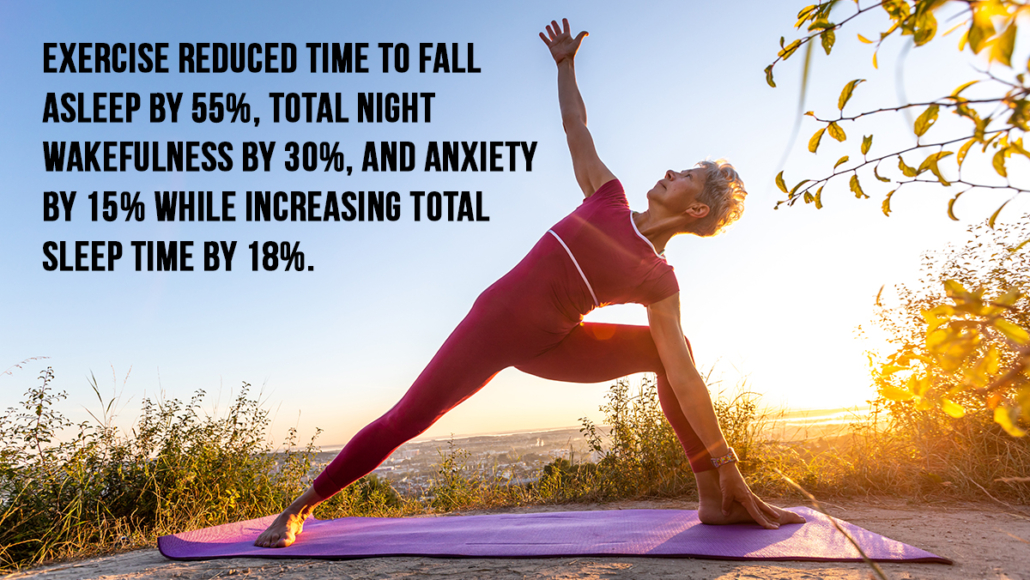
The right mattress can make all the difference. One study looked at the benefits of a new mattress for twenty-eight days, revealing that it reduced back pain by 57%, shoulder pain by 60%, and back stiffness by 59%. It also improved sleep quality by 60%. I recommend this mattress. (you can watch a free webinar about it, HERE).
In place of your reading or listening time, you may want to try a warm Epsom salt bath. Simply pour one cup of Epsom salts into a warm bath, and soak. Again, use low light and no stimuli.
Consider introducing the calming herb lavender into your nighttime routine. It can be used as a bath gel, lotion, or soap—or sprinkled along with Epsom salts directly into your warm bath.
Calming Nutritional Supplements
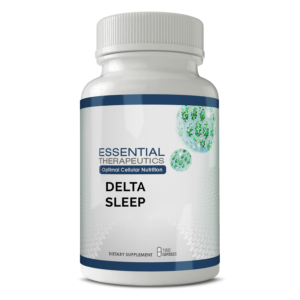 There several all natural options. To help calm and relax before bed many of my patients use an all-natural sleep supplement known as Delta Sleep. This all natural sleep formula helps you fall asleep with in minutes. And if needed it can be taken during the night to help you go back to sleep, within 10-15 minutes. It won’t make you feel hung over, dopey or sleepy the next day.
There several all natural options. To help calm and relax before bed many of my patients use an all-natural sleep supplement known as Delta Sleep. This all natural sleep formula helps you fall asleep with in minutes. And if needed it can be taken during the night to help you go back to sleep, within 10-15 minutes. It won’t make you feel hung over, dopey or sleepy the next day.
Daily Exercise: Exercise may be helpful. One study found that RLS patients showed a 39% reduction in symptoms after six weeks from consistent exercise compared to an 8% symptom reduction in patients who did not exercise.
Pneumatic pressure therapy: Pneumatic compression devices increase blood flow to the legs by filling with air to squeeze the legs. Researchers found that the device improved RLS symptoms, quality-of-life, and fatigue after one month of daily use compared to a control group. They can be a bit uncomfortable and clumsy. I’d try using some of the natural approaches first (Good sleep hygiene, exercise, Delta Sleep, magnesium, etc.)
Massage and hot baths: Using self massage and Epsom salt hot baths is a good option. Epsom salts contain magnesium, a natural muscle relaxant.
 Magnesium can be very helpful for reducing, often eliminating RLS.
Magnesium can be very helpful for reducing, often eliminating RLS.
I recommend using magnesium chelate, glycinate or citrate.
Magnesium is a natural muscle relaxant. When you suffer with poor sleep and other stressors, you deplete your magnesium, which then leads to tight achy muscles or worse, muscle cramps, twitches or spasms.
I recommend supplementing with Magnesium chelate, citrate or glycinate, 100 mg-200mg to start with and if needed increase by adding an additional 100-200mg until have a loose bowel movement.
Low Iron is another potential cause of RLS
If your ferritin level (inexpensive blood test) isn’t above 50 nanograms per milliliter, you’re at risk of RLS. If low, try adding over the counter iron citrate, 20mgs a day and get retested in 2 months.
B vitamins may help reduce RLS
Low levels of folic acid and vitamin B12 can cause RLS. Try taking a good optimal daily allowance multivitamin and or sublingual or liquid B12 supplement.
Being Overweight Can Cause Poor Sleep And RLS
A 2009 study in the journal Neurology found that both obesity and belly fat increased the risk of having RLS. The link may be dopamine, a brain chemical that’s crucial for controlling movement. Some studies suggest that people who are obese have fewer dopamine receptors in the brain.
Need To Lose Those Quarantine 15 Extra Pounds? (Or more)
If you’ve gained some unwanted weight over the last year or simply ready to shed some unhealthy extra pounds check out the 2Transform Anti-Inflammatory Weight Loss Diet www.2TransformHealth.com
My patients typically lose half a pound a day on this revolutionary diet. The diet and membership support is designed so you can get professional guidance without an in clinic visit. Clients throughout the United States are using the 2Transformhealth diet with incredible results.
–> Learn more here www.2TransformHealth.com




